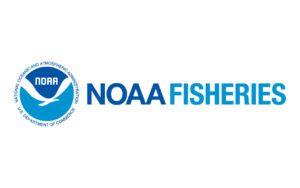
NOAA Fisheries has recommended nearly $240 million to fund 46 fish passage projects this year, plus an additional $38 million for addition fish passage projects in future years.
The funds are to come through the Biden-Harris administration’s Bipartisan Infrastructure Law and Inflation Reduction Act, NOAA announced May 22.
The project list includes over $158 million for 27 projects selected through the Restoring Fish Passage through Barrier Removal funds. The goal is to restore access to healthy habitat for migratory fish nationwide through efforts including on-the-ground fish passage restoration.
Funds are currently being processed and the regional federal fishery councils are expected to receive initial funds this summer, with the remainder coming in fiscal 2025, NOAA Fisheries spokesperson Katie Wagner said.
Projects approved for the North Pacific Fishery Management Council include work to finalize a programmatic evaluation to implement climate-resilient management policy into council work, develop onramps for local and traditional knowledge into the council process, and implement new risk assessment tools to adapt to climate-driven marine ecosystem changes, Wagner said.
NOAA said that it expects the councils to complete the bulk of the work on their projects over the next two-to-three years.
Twenty-one of the projects, entailing over $112 million in funds, are to be led by tribes and tribal organizations, including projects for fish passage and to build tribal organizational capacity marine ecosystem changes.
The funds build on over $166 million awarded for 36 projects through NOAA’s first round of fish passage awards, to provide significant benefits to endangered migratory fish and sustainable fisheries.
NOAA has also recommended over $81 million for 19 projects elected through the Restoring Tribal Priority Fish Passage Through Barrier Removal funds. Those projects are to support tribes as managers and stewards of tribal trust resources for cultural, spiritual, economic, subsistence and recreational purposes.
They would also help to increase tribal capacity to participate in developing current and future fish passage projects, NOAA officials said.
